Skeptic Quiz
Mark Honeychurch - 27th November 2023
This weekend I hosted a Skeptical quiz at our annual conference in Dunedin. For those of you who missed out on the conference, here are my quiz questions so that you can play along at home. Feel free to look these things up if you can’t figure out the answers but are curious to know. I’ll be publishing the answers in my next newsletter.
Round 1: This week in History
A series of questions about historical skeptical events that happened during this week in history - from the 20th to the 26th of November.
(Bronwyn Rideout, our new Chair, has been spearheading a great project trying to document at least one New Zealand based skeptical event for every day of the year. Once the project’s complete, we’ll get all the information up online for people to see.)
-
On the 20th of November, 1991, supervisor Mrs Davis received the first complaint against creche worker Peter Ellis, which marked the beginning of New Zealand’s involvement in the Satanic Panic of the 80s and 90s. What was the name of the Creche Peter Ellis Worked at?
-
On the 20th of November, 2006, the Advertising Standards Authority ruled against which pizza company that had been mailing out free condoms to New Zealanders, claiming that the advertising stunt was “likely to cause serious and widespread offence in a number of communities”?
-
When a labourer was sentenced to 18 months in prison on November the 22nd 1977, what unusual additional treatment did the judge suggest the guilty man might benefit from?
-
On the 22nd of November 1986, which pope, believed by Catholics to be able to speak for God, became the first to visit New Zealand?
-
On November the 22nd 2012, Tony Stockwell from the UK performed the first of a series of shows around New Zealand. What “ability” is Tony Stockwell famous for?
-
On the 23rd of November 2021, which controversial preacher was arrested and charged with “failing to comply with a COVID-19 order” and breaching their previous bail conditions?
-
On the 24th of November 2017, what was the NZ Skeptics’ tongue-in-cheek choice of venue for their annual conference?
-
On the 26th of November 1981, which Auckland-based self-help cult group had its second application to expand their compound rejected?
-
On the 26th of November, 1886 the remains of the Waikato Saurian Monster proved that the creature was not a crocodile or a taniwha, but instead which aquatic mammal?
-
On the 26th of November 1975, Steve Radich, a leader in the Ananda Marga movement, which teaches yoga and meditation to its adherents, revealed that he had been asked by another of the group’s leaders to kidnap which prominent New Zealander, who also received an assassination threat on the same day?
Round 2: Urban Legends
I’ve always been fascinated by Urban Legends and how quickly they can spread through a population that’s not been inoculated by skepticism. I’ve made a list of 10 urban myths and you have to tell me what their names are.
-
What is the name of the social media hoax where people were led to believe that children were self-harming and committing crimes at the behest of an odd creature that turned out to be a Japanese sculpture?
-
What is the name of the informal group that contains famous musicians who have supposedly all died young, at the same age, at a rate that is falsely claimed to be anomalously high?
-
What name was used for a mythical Ukrainian fighter pilot who supposedly shot down six Russian jets from his MiG-29 in a single day in the early days of the Ukraine-Russia war?
-
What is the name of the ghost of a young Japanese schoolgirl who is said to haunt school bathrooms in Japan?
-
What is the name of the supposed arcade video game that, according to urban legend, was used by the US government in the 1980s to run psychological experiments on its players?
-
Which internet hoax, named after an aquatic mammal, claimed that children were tasked with playing a game which consisted of them being given 50 days of tasks by an “administrator”, of which the final task was suicide.
-
In 2021, a mysterious prism shaped metal monolith appeared in a desert in the US, reminiscent of the movie 2001: A Space Odyssey, and quickly made international news. Soon copycat monoliths started showing up around the world, including our very own version in Christchurch Adventure Park. Which US state did the first monolith appear in?
-
Which number on a phone keypad is the subject of two separate myths: The Death Number, where if you enter this number seven times and call you will be able to request anything you want, but the price for this is your death; and the the Phone Charging myth, where typing this number three times, calling and then immediately hanging up will recharge your mobile phone battery.
-
In which country was the Well to Hell claimed to have been drilled in the ground, where at a depth of 14 km a cavity was found where the temperature rose to 1,000 degrees Celsius and the screams of the damned could be heard?
-
Which Phil Collins song is the subject of an urban legend that claims the song details an incident where Phil Collins witnessed, from afar, someone refusing to help someone who was drowning. When asked about this, Collins told the BBC: “I don’t know what this song is about. When I was writing this I was going through a divorce. And the only thing I can say about it is that it’s obviously in anger. It’s the angry side, or the bitter side of a separation.”
Round 3: Logical Fallacies
Here are descriptions of some logical fallacies, and you have to guess the name of the fallacy. Most will have multiple correct variations of the fallacy name, so don’t stress too much about trying to guess the original Latin!
(These questions come courtesy of our speaker Melanie, who runs the awesome ThinkingIsPower.com website. Go check out the site as there’s something there for everyone, and maybe suggest it to anyone you know who is just starting to learn about skepticism - as it has some great introductory materials.)
-
Instead of addressing the substance of an argument, someone is attempting to discredit the argument by attacking the source.
-
Asserting that something is good or true because it’s old, or because it’s the way it’s “always been done.”
-
Asserting that something is true, because we don’t know that it’s not.
-
Arguing that a claim is true because a lot of people believe it’s true, or conversely a claim is not true because a lot of people believe it’s not.
-
Oversimplifying a complex issue into two options, ignoring the possibility that other options may exist.
-
Arguing that two or more things are the same, despite having important differences.
-
Drawing a broad conclusion based on a small sample.
-
An attempt to distract from the main issue by bringing in irrelevant information.
-
Misrepresenting an opponent’s argument to make it easier to dismiss.
-
Arguing that an action will lead to a chain of events, resulting in undesirable and often extreme consequences.
Round 4: Alternative “healing” methods
Here are descriptions of alternative treatments, and for each one you have to figure out what the name of the treatment is.
(This round comes courtesy of the, until recently, elusive issue 5 of the NZ Skeptic journal. For a year or more now, we’ve been trying to collect and digitise all the back issues of our journal, and thanks to long time member John Welch we ended up with a stack of our missing issues that covered everything we were missing, except for issue 5. Eventually Bronwyn, who’s been trawling the National Archives for dates for our skeptical calendar, put in a request to access a copy of issue 5 from the Alexander Turnbull library. She scanned it, I digitised it and OCRd it, and now we have a complete record of virtually all the articles that have been written by the NZ Skeptics.
The descriptions for this round come from a rather credulous article written for issue 5 by Dave Hill from Dunedin. I guess it was printed as it would have been seen as a useful source of info for skeptics, even if it was somewhat biased towards alternative medicine. The intro reads:
Since ancient times, alternative healing methods have been used by medical practitioners and spiritual adepts to soothe the irritation of body and soul. Many people today are drawn towards the mystical and transcendental as alternatives to orthodox methods. Before people condemn these alternatives, they must look carefully at them, not shutting their eyes to the unsatisfactory and disastrous results that happen when they have ignorantly employed. For those wanting to channel their research into the area of alternative medicine, I give a list of practices currently being carried on in New Zealand.)
-
This uses the unique qualities of perfumed volatile oils and essential oils. A combination of inhaling the vapours from the oils and pressure point therapy is used to treat psychological and physical ailments.
-
The ancient Japanese art of acupuncture without needles. Massage of the pressure points is used to heal, to stimulate the various systems of the body, to increase energy and to relax tensions and anxieties.
-
The use of herbal substances in minute quantities that if used in large amounts would produce the patient’s symptoms. Works on the principle that ‘like heals like’.
-
A means of concentrating and clearing the mind of the Clutter that impedes creativity. Each person must find the way that best suits them.
-
Breathing exercises and warm baths are used to take the patient back to the birth experience so that the trauma of birth may be healed.
-
A healing method often practised with massage. It involves pressure on a set of pressure points all over the body that follow the ‘meridians’. Used for relieving tension and generally revitalising the patient.
-
Gentle stretching exercises and breathing techniques to strengthen the body and balance the mind, often incorporates meditation. It is said to benefit those with chronic spinal and breathing problems.
-
This balances the body’s muscular-skeletal system by manipulation of the spine, the use of massage and corrective exercises.
-
Certain points on the feet are supposed to be directly connected to other points in the body. Massage and acupressure applied to the feet will cure illness in the related part of the body.
-
Diagnosis of physical and mental illnesses by examining the flecks on the iris of the eye. Often used by naturopaths.
Round 5: Mass Psychogenic Illness
Read the descriptions of outbreaks that appear likely to have been mass psychogenic illness, and figure out which country they occurred in.
-
In which Asian country, in late 2022 and early 2023, did schoolgirls report that they were being gassed in their classrooms?
-
In which island nation, in 1973, did 600 people report being poisoned due to leakage from barrels being stored nearby, in a case that local expert Robert Bartholomew suspects was more a case of panic than poisoning?
-
In which island nation were audio weapons first reported as being used against US embassy staff in 2016, in a case that now has a syndrome named after the city it happened in?
-
In which African country this year did more than 100 girls suddenly start having issues with paralysis, convulsions and problems walking, in a case that has been attributed to mass hysteria brought on by exam nerves?
-
Which European country suffered from a “dancing plague” in 1518, where hundreds of people started uncontrollably dancing for weeks on end?
-
In which African country did school children and teachers start laughing in 1962, with the infectious condition infecting over a dozen schools and lasting weeks at a time until schools were shut down to limit people’s exposure?
-
In which country in 1962 did textile workers suffer from rashes, nausea and numbness that were suspected to have been caused by an infection of June bugs, even though entomologists found no trace of the bugs, and the event was eventually attributed to long hours causing stress, and suggestibility?
-
In which Asian country in 2001 did people sleeping on rooftops in the heat of summer start reporting attacks by a mysterious Monkey Man, with several people presenting to their doctor with bite marks and other strange symptoms?
-
In which European country in 2006 did school children start reporting cases of rashes, breathing troubles, and severe dizziness, only days after a fictional disease with similar symptoms appeared in a popular soap opera called “Strawberries with Sugar”?
-
In which European country in 1892 did a young schoolgirl’s trembling hand eventually result in the uncontrollable full-body shaking of over a dozen students, in a case known as the “Writing Tremor Epidemic”?
Round 6: Scoundrels
Below descriptions of scammers, fraudsters, con artists and other scoundrels. All you need to do is work out what their names are.

- This “entrepreneur”, who liked to emulate Steve Jobs, claimed to have revolutionised blood testing technology with her company Theranos but faced legal troubles for deceptive practices.
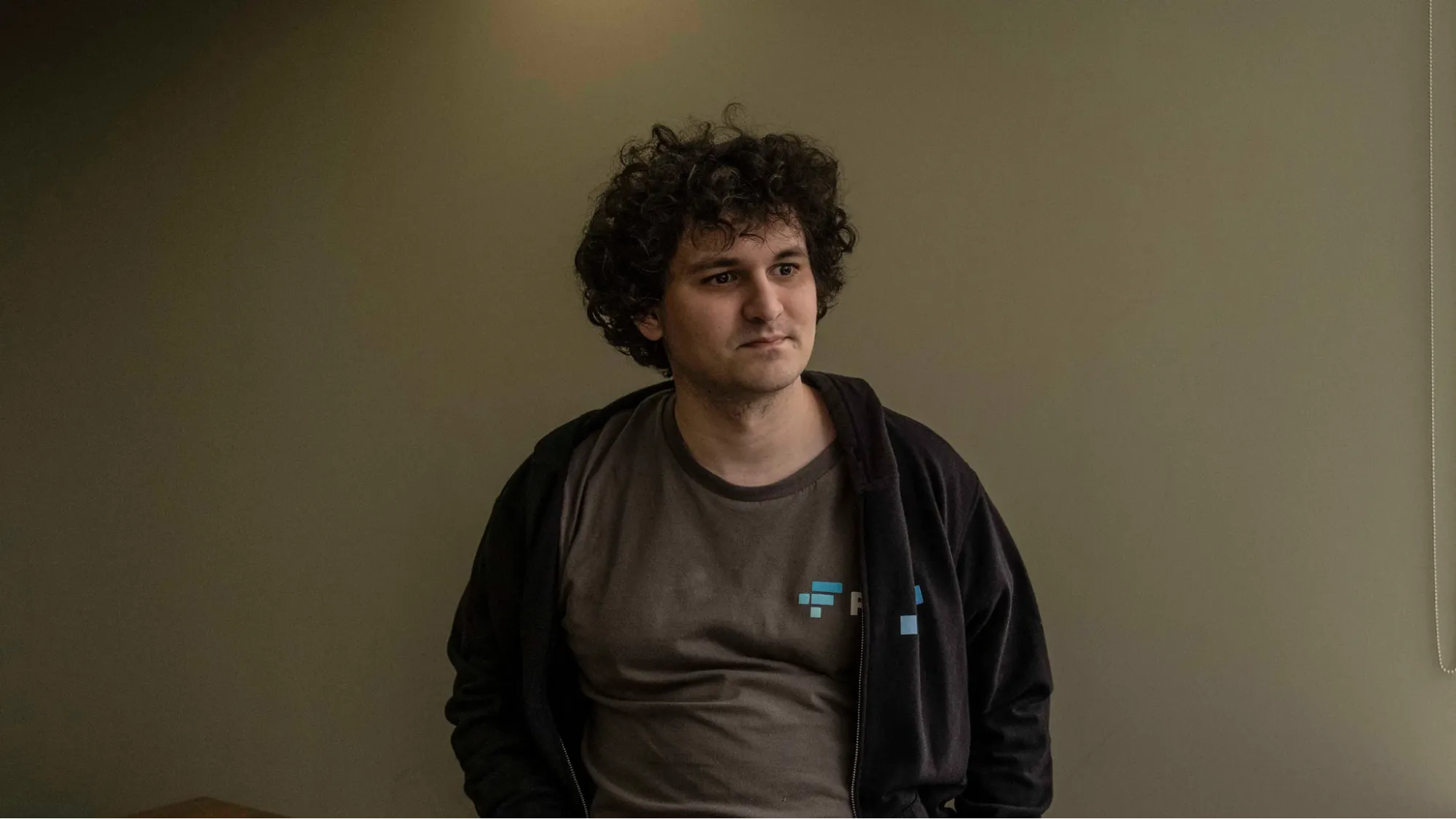
- The founder of the cryptocurrency exchange FTX, who misspent billions of dollars of his investors’ money.
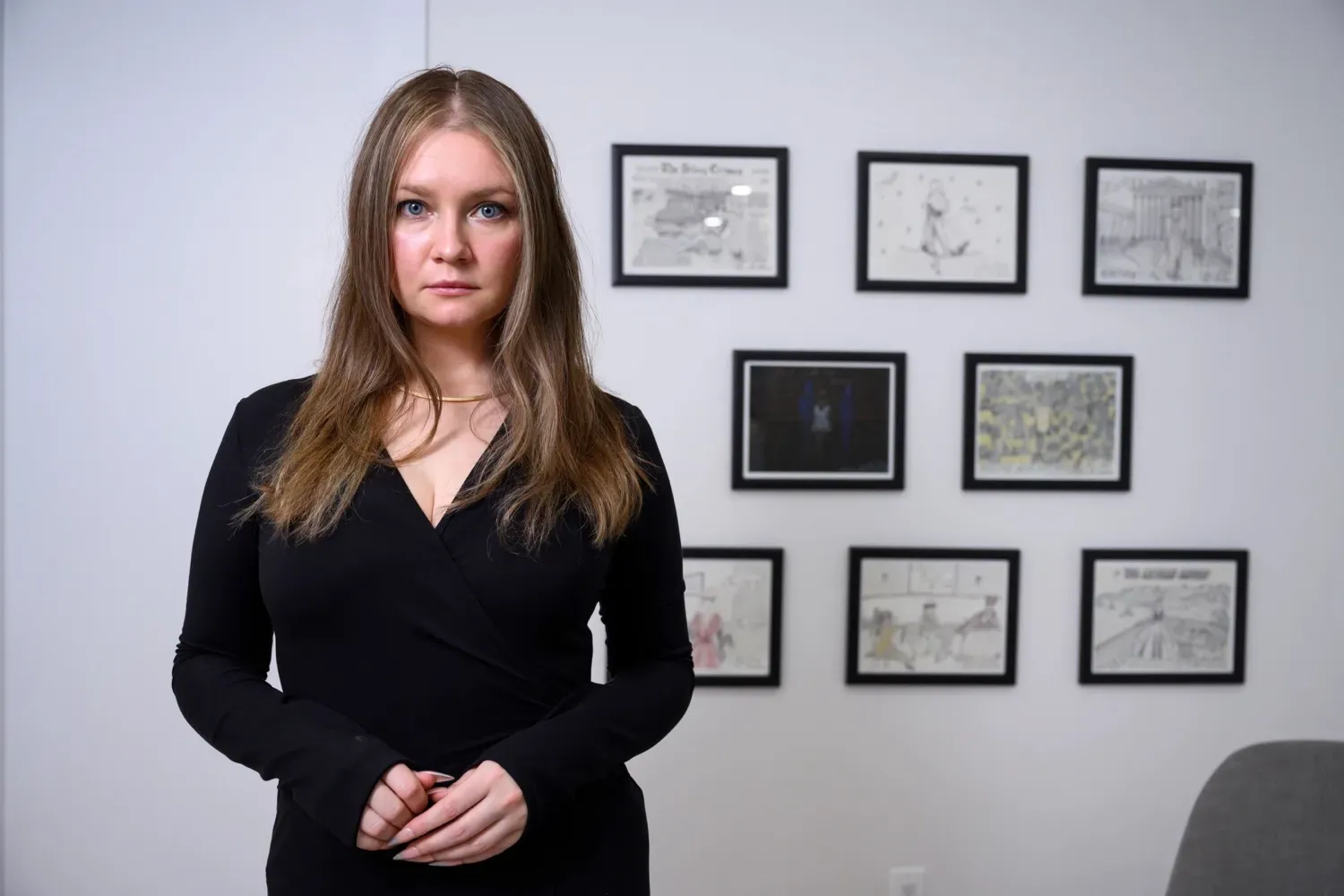
- This Russian-born con artist, real surname Sorokin, posed as a wealthy German heiress and New York socialite, defrauding banks and friends.
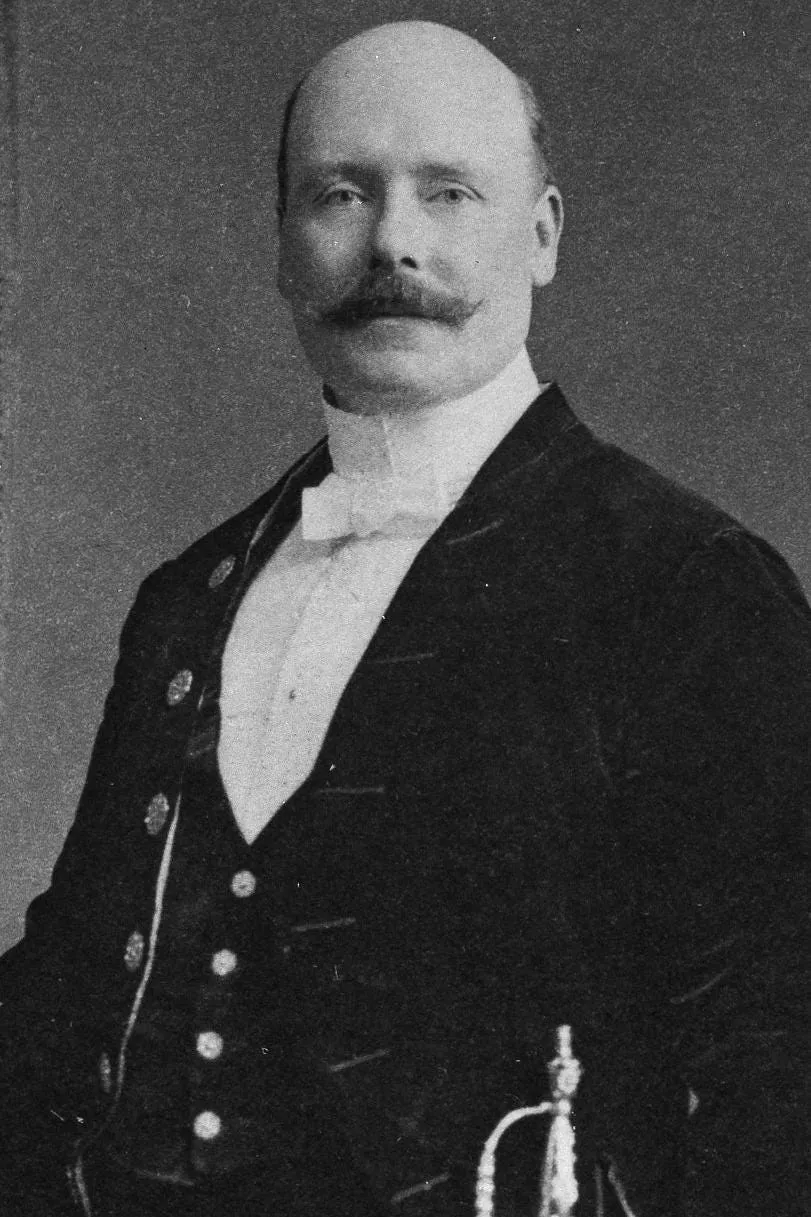
- The perpetrator of one of the most famous scientific hoaxes, this individual claimed to have discovered a missing link between humans and apes known as the Piltdown Man.

- This fraudster sold fake bomb detectors that were based on a joke golf ball detector with no actual functionality, putting lives at risk.
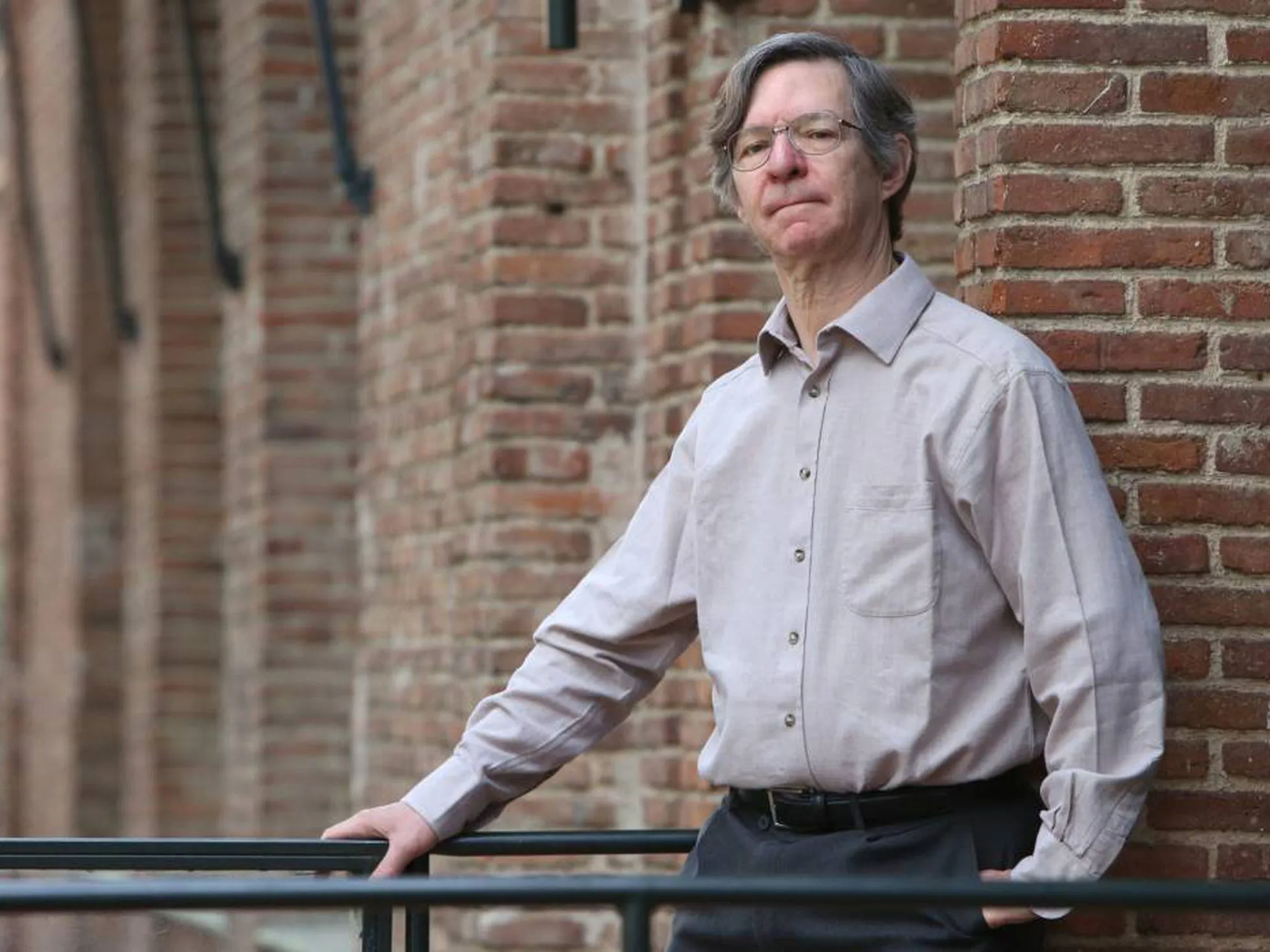
- This physicist and academic wrote a hoax article that was published in a postmodern cultural studies journal to expose what he saw as the lack of academic rigour.
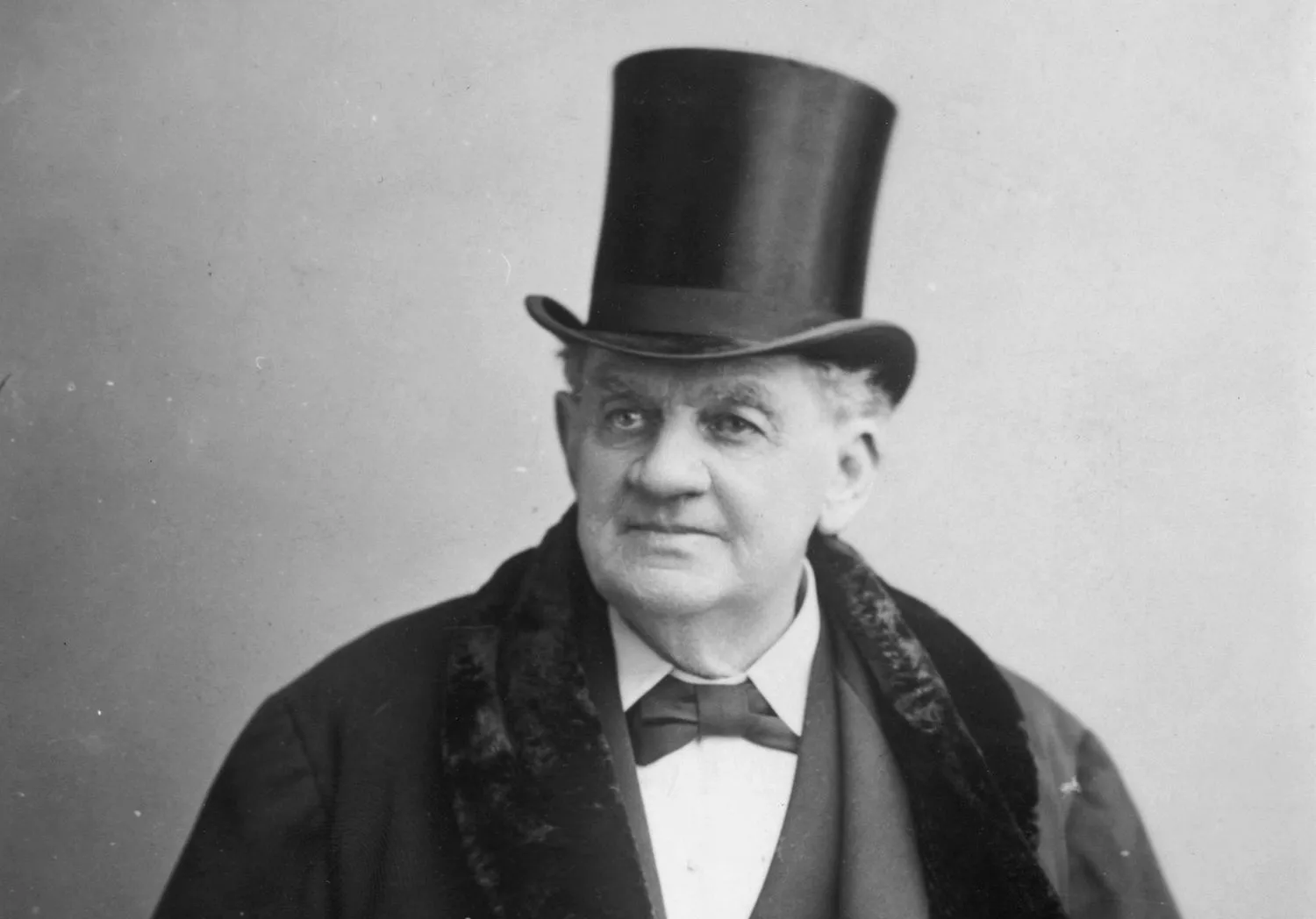
- This 19th-century showman and circus owner famously displayed a fake mermaid known as the Fiji Mermaid, among other exhibits.
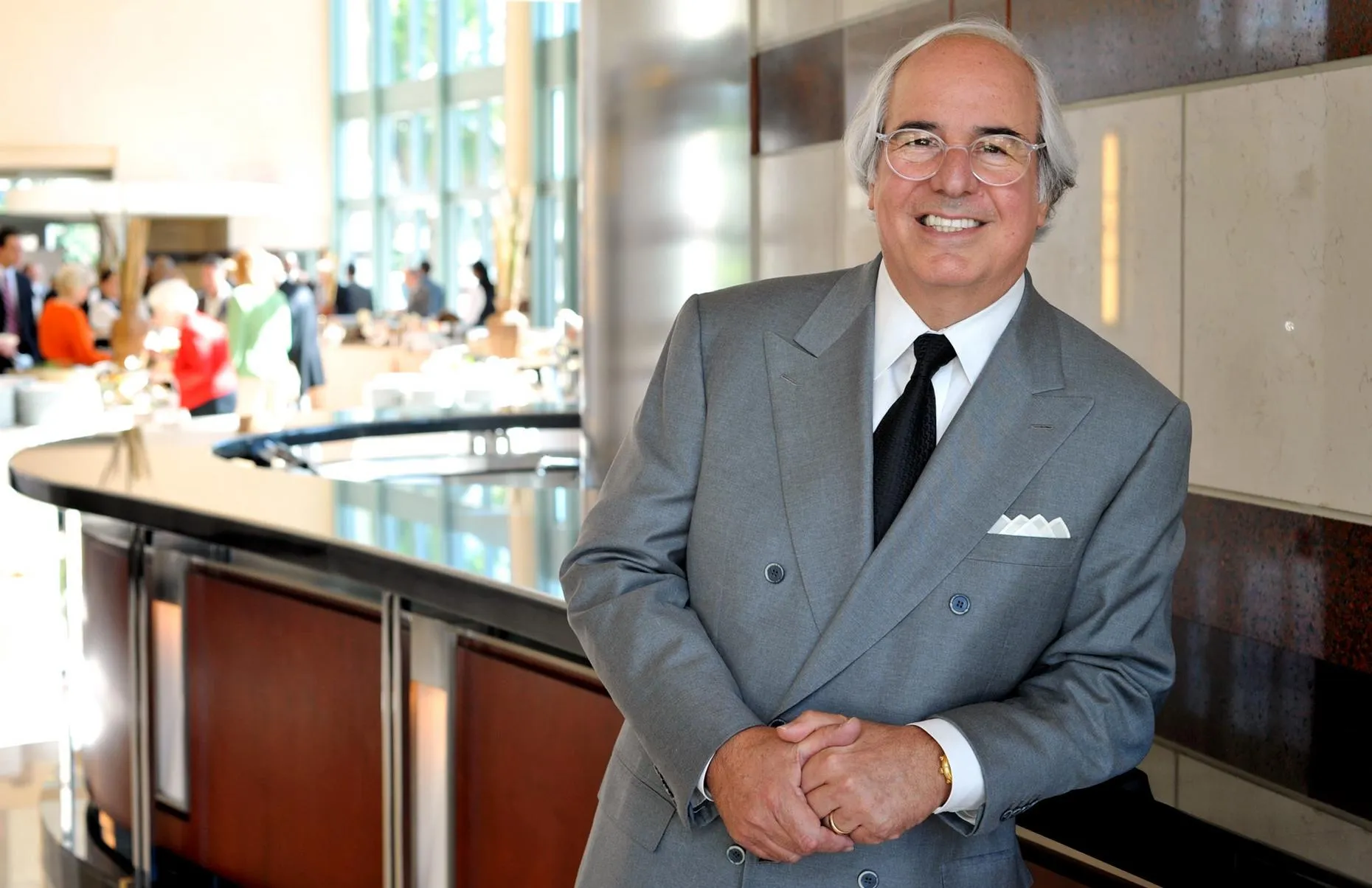
- The subject of the film “Catch Me If You Can,” this individual claimed to be a master trickster but was later found to have exaggerated many aspects of his story.
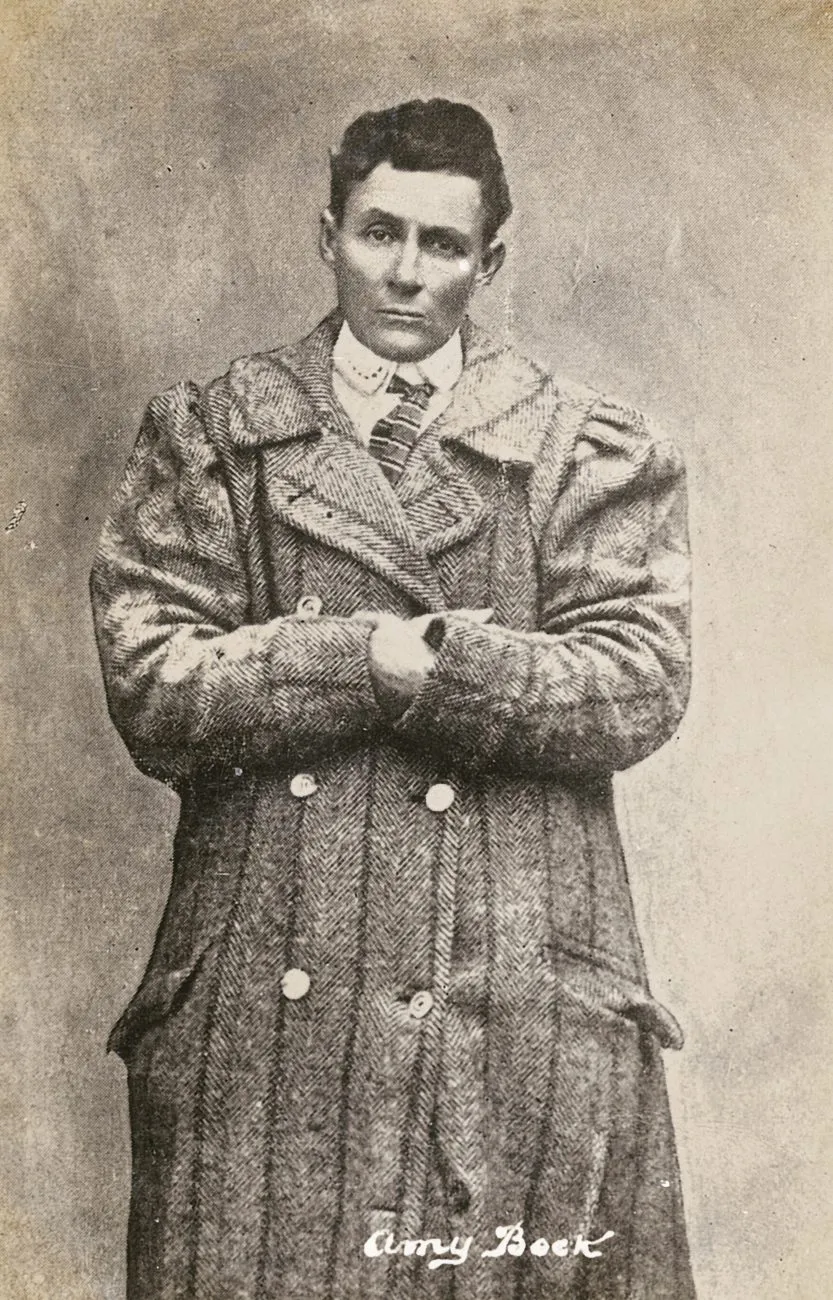
- A notorious New Zealand imposter, this woman posed as a man and engaged in a variety of fraudulent activities.
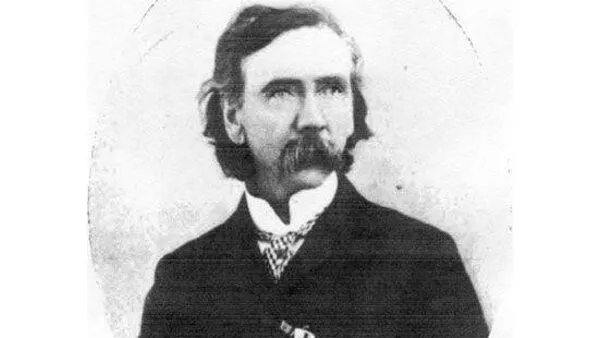
- This man is the likely origin of the term con man. He gained people’s confidence on the street, before asking if he could borrow their watch - at which point he would disappear, never to be seen again.